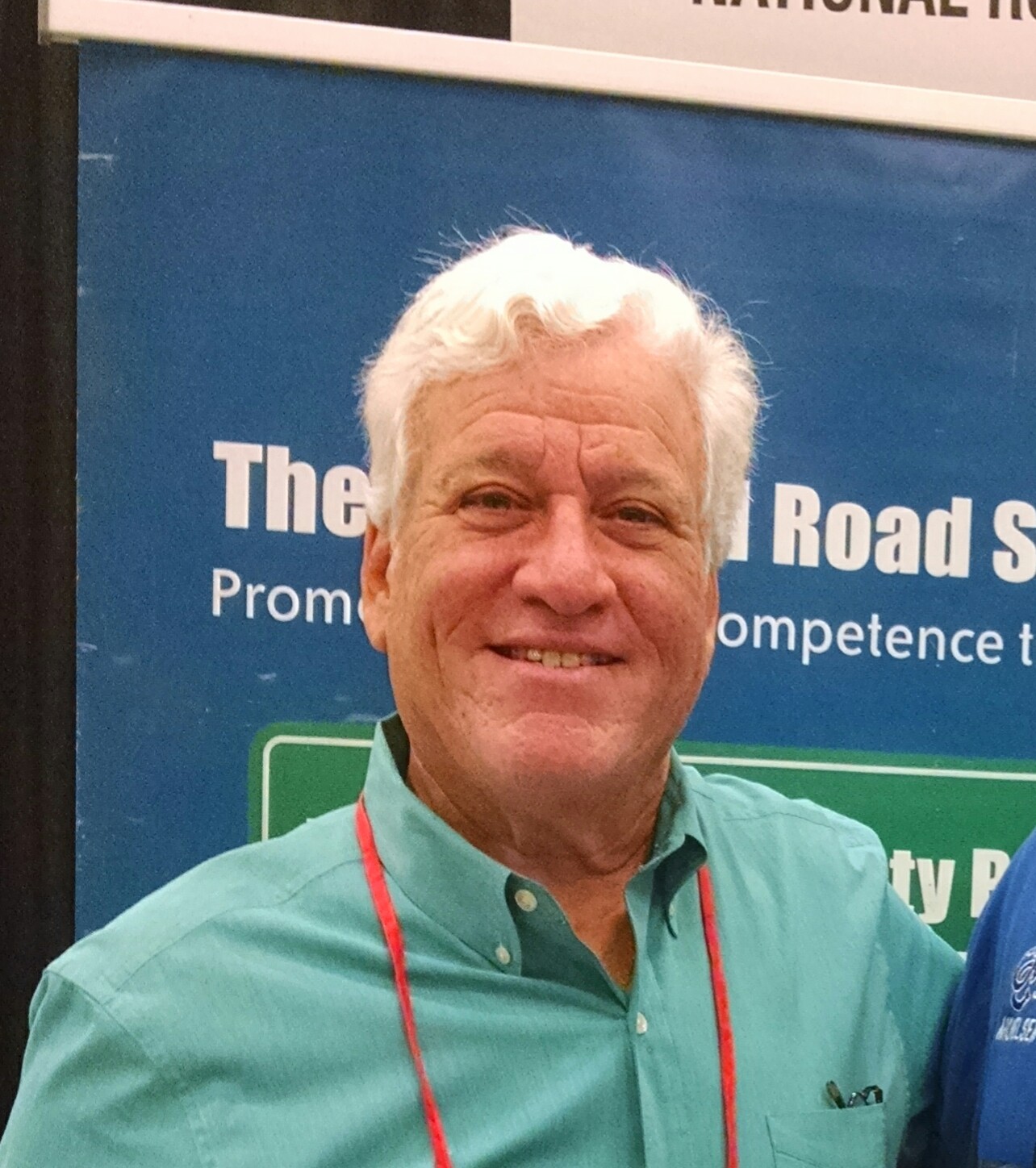I was in a conference several years ago where the moderator asked for a show of hands of all those who have driven over the posted speed limit. Virtually everyone put their hands up. By the way, the conference was about traffic safety and the audience was police and traffic safety officials!
Speeding is something that we all do, whether a few miles-per-hour above the limit or at speeds approaching triple digits.
We all know it’s against the law. But most of us figure, what’s the worst that could happen? We get stopped by a police officer, maybe get a ticket and pay a fine and possibly have our insurance rates go up a bit.
We simply don’t realise that speeding can be a lot more costly than a ticket.
Speeding kills
Studies by the National Highway Traffic Safety Administration and the Insurance Institute for Highway Safety show that speed is a factor in 26% of all fatal traffic crashes in the U.S. In 2018, 9,378 Americans were killed in speed-related crashes.
In high-income countries, speed contributes to about 30% of deaths on the road, while in some low-income and middle-income countries, speed is estimated to be themain contributory factor in about half of all road crashes. WHO
Because it’s an “everyone does it” behaviour, speeding doesn’t get the attention that issues like impaired and distracted driving receive in the media and even within the traffic safety community.
Speed affects your safety even when you are driving at the speed limit but too fast for road conditions, such as during bad weather, when a road is under repair, or at night in an area that isn’t well lit. Speeding endangers not only the life of speeders but the lives of all on the road around them, including law enforcement officers.
The relationship between speed and injury severity is particularly critical for vulnerable road users such as pedestrians and cyclists. For example, pedestrians have been shown to have a 90% chance of survival when struck by a car travelling at 30 km/h or below, but less than 50% chance of surviving an impact at 45 km/h. Pedestrians have almost no chance of surviving an impact at 80 km/hr WHO
The Governors Highway Safety Association last year convened a forum on speed, where experts concluded it must be addressed in at least three ways:
- Engineering of road infrastructure to restrict speed where possible
- Visible enforcement of speeding laws
- A public outreach and education campaign to build awareness of the serious dangers of speeding
A New Campaign
The National Road Safety Foundation, a non-profit organization in the U.S. with which I work, is helping address the outreach and education component with a series of regional contests for teens, inviting them to submit ideas for TV public service messages to hammer home the idea that speeding can be much more than getting a ticket. Winning scripts will be made into professional public service ads that will be broadcast on hundreds of TV stations throughout the U.S.
If you have friends or family in areas around Chicago, Atlanta or Washington D.C., tell them to check the National Road Safety Foundation site at www.nrsf.org and click on “Contests” for details. The site also has lots of free information and videos that deal with a wide range of driver safety issues.
And wherever you are, in the U.S. or anywhere in the world, the message remains the same – speeding kills. Slow down so you can arrive safely, without putting yourself, your family or others on the roads in danger.





